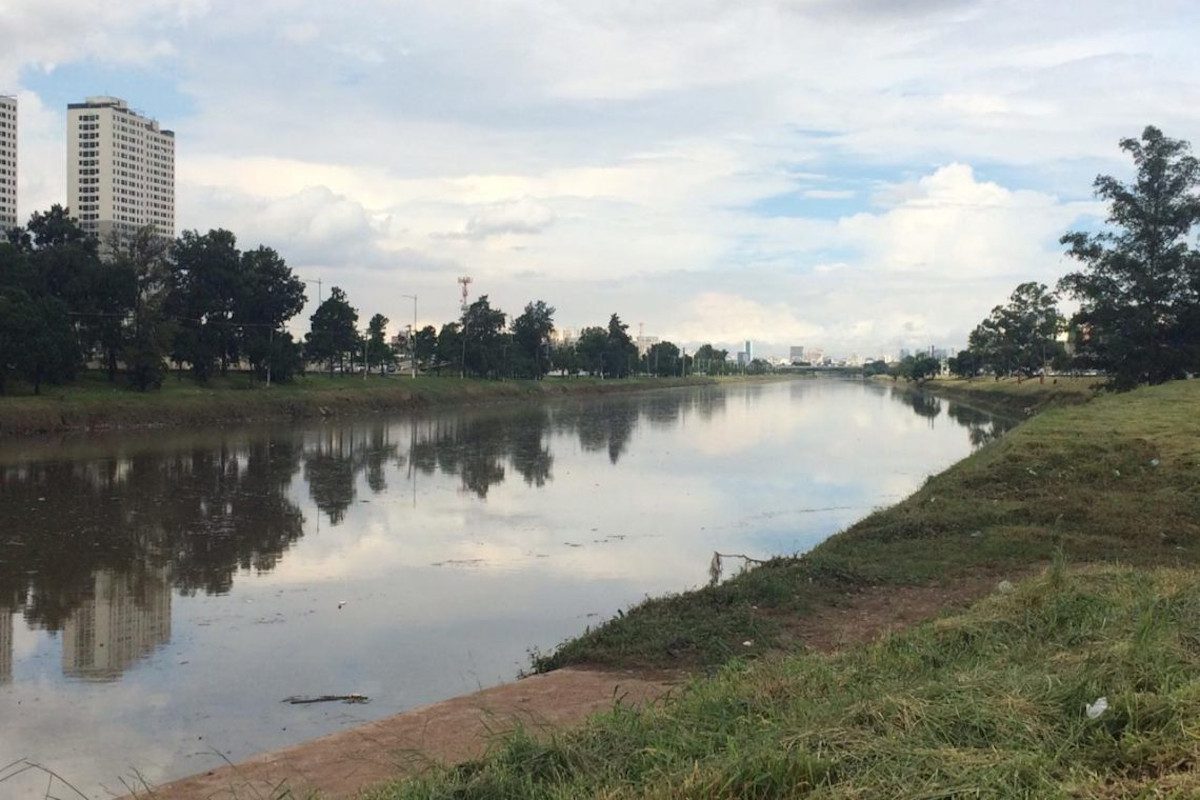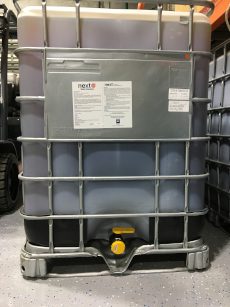
On the initiative of the Secretariat of Environment of the State of São Paulo, Brazil, a trial of the FOG Stop formulation – from water and wastewater treatment firm Next Filtration – has seemingly proven that it can make significant improvements to a heavily polluted and foul-smelling stretch of the River Pinheiros.
To demonstrate its capacity to enhance environmental conditions, FOG Stop was applied at a purpose-built experimental channel next to a pumping station.
The formulation (comprising proteins from yeast fermentation, together with surfactants and adjuvants), was reported to have fully satisfied the requirements of Resolution 357 for Class 4 rivers, achieving dissolved oxygen (DO) with an average of 5.0mg/l.
Following the application of FOG Stop, there was “a complete absence of odours”, indicating a major reduction in the level of sulphide, said a press release from the firm. Even in the first quarter of the trial, “siltation was reduced dramatically”. A reduction in the concentration of nitrogen also indicated a lowered potential for eutrophication, as well as decreasing the concentration of organic carbon. Ammoniacal nitrogen was converted with an efficiency of around 58%.
Previous efforts to clean the River Pinheiros had resorted to bioremediation technologies, but the results from hybrid enzymes and bacteria proved too inconsistent. As a “non-toxic and environmentally-compatible” product, Next FOG Stop is said to strengthen the metabolism of native bacteria, increasing respiration and nutrient uptake – converting much of this energy into carbon dioxide instead of increasing the biomass.

Tested by an accredited laboratory, the parameters included:
Total Solids, Volatile Suspended Solids, Total Suspended Solids, Settled (sediment) Solids, Phosphorus, Total Organic Carbon, Total Nitrogen, Nitrogen ammonia, nitrite, Escherichia coli, Surfactant, and sulfide toxicity (Microtox). At the end of 30 days, an analysis of total solids (TS) was used to assess the level of siltation of the canal – using the results to calculate the quantity of solids remaining in the system (based on an averaging of results and taking account of the
area of the experimental channel).
With water temperature being one of the most important characteristics in the control of the parameters monitored, the experimental channel was maintained at an average temperature of 23.5° C.
For pH, results in the range from 7.51 to 7.81 were in the optimal range required in CONAMA 357 for Class 4 rivers of pH 6.0 to pH 9. The water collected from the River Pinheiros used to feed into the experimental channels showed dissolved oxygen (DO) near 0 mg/l in almost every test period, rising to 1.00 mg/l only twice.
With the application of FOG Stop, an average of 5.00 mg/l of DO not only resulted in compliance with the legislation but achieved an increase of over 200% above the regulatory requirement, said Next Filtration.







